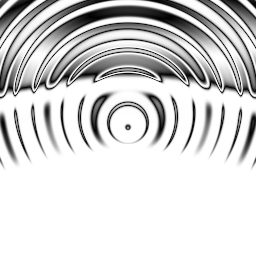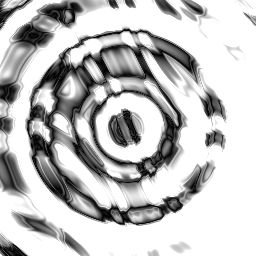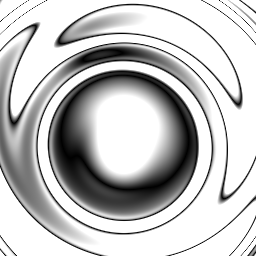Inspiration-triggered search: Towards higher complexities by mimicking creative processes
GECCO 2016 Paper
Abstract: Open-ended evolution is still an unachieved goal in evolutionary computation. Evolution guided by objective functions can easily be trapped on local optima. Our approach is inspired by evolutionary paths along stepping stones, as observed in user behaviors of Picbreeder. We propose a general framework, inspiration-triggered search, which tries to roughly mimic the creative design process of a human being. Instead of using a fixed objective function, the search algorithm itself is free to switch between objectives within certain constraints but inspired by features of the currently evolved artifacts. The overall optimization task is to generate complex artifacts that cannot be generated by a direct optimization approach. In contrast to other approaches that make extensive use of external knowledge (e.g., Innovation Engines), we try to approach the ambitious goal of virtually bootstrapping a creative process from scratch. The proposed method is tested in the domain of images, that is to find complex and aesthetically pleasant images, and is compared to novelty search.
Keywords: creative process, evolutionary art, non-objective search
Download:
Paper (PDF, 5.4MB) [http://dl.acm.org/citation.cfm?doid=2908812.2908815] Example images with classification (PDF, 41.6MB) Example images (ZIP archive, 41MB) Source codes at GitHub
Original Master’s Thesis
Abstract: The trap of local optima is one of the main challenges of stochastic optimization methods from machine learning. The aim of this thesis is to develop an optimization algorithm that is inspired by users interacting with Picbreeder, which is an online service that allows users to collaboratively evolve images via an artificial evolution. The idea is that their behaviours depict creative processes. We propose a general framework on the top of a common optimization technique called inspiration-triggered search, which mimics these processes. Instead of a fixed objective function the search algorithm is free to change the objective within certain constraints. The overall optimization task is to generate complex artefacts that cannot be generated by a greedy and direct optimization approach. The proposed method is tested in the domain of images, that is to find complex and aesthetically pleasant images for humans, and compared with the direct optimization.
Keywords: evolutionary computation, premature convergence, non-objective search, creative process, evolutionary art
Download:
Master's Thesis (PDF, 37.3 MB) Attachment (ZIP archive, 190 MB) Source codes at GitHub
Attachment does not contain data of aggregated results – experiments/results.7z (2.57 GB, uncompressed: 13.1 GB). (Raw data of all expriments – compressed: 56,2 GB , uncompressed: 319 GB)
Feel free to contant us regarding thesis’ details or supplementary generated results.
Examples of evolved images:

































































